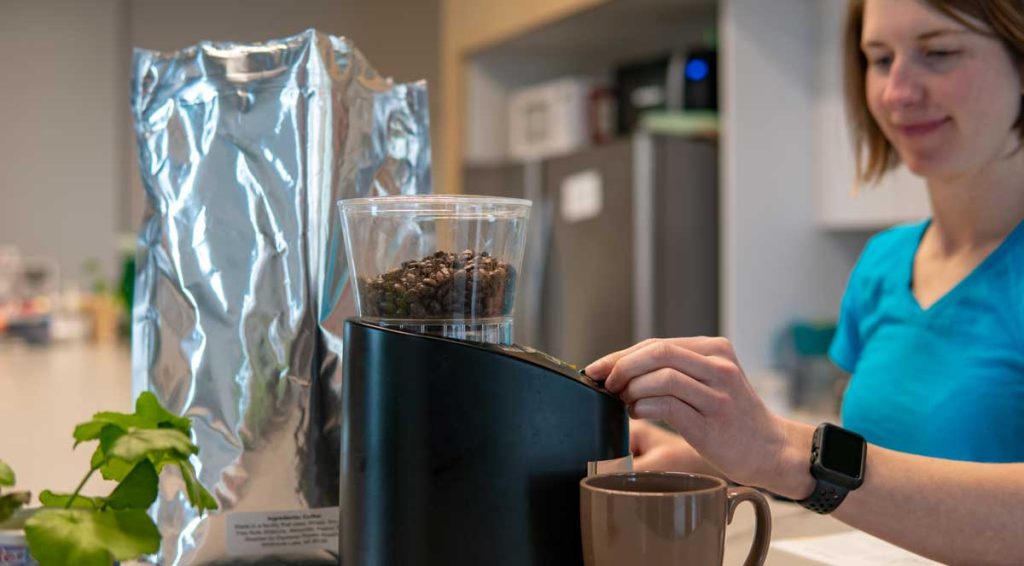
As efforts toward university-wide carbon neutrality progress, the Ann Arbor campus is preparing to sunset its 2025 sustainability goals.
Achieved Goals
Reduce greenhouse gas emissions by 25%. – Achieved in 2022
Protect Huron River water quality by minimizing runoff from impervious surfaces and reducing chemical applications to campus landscapes by 40%. – Achieved in 2019; new goals under development
Other Goals
Reduce the amount of waste sent to landfills by 40%. – New goals under development
Reduce vehicle carbon output per passenger trip by 30%. – Encompassed by carbon neutrality commitments
Purchase 20% of U-M food from local and sustainable sources.
Invest in sustainability culture programs to educate our community, track behavior, and report on progress over time. – Ongoing
Data and Reports
History
The Ann Arbor campus goals—adopted in 2011—were identified through a Campus Sustainability Integrated Assessment process (CSIA). The CSIA was an intensive two-year project led by the Graham Sustainability Institute and the Office of Campus Sustainability involving students, faculty, and staff on faculty-led committees. Participants represented 101 organizational units and 27 academic programs. The purpose of the assessment was to identify long-term sustainability goals that would be ambitious yet potentially attainable.
OCS is responsible for tracking and reporting progress on these goals.
The Ann Arbor campus goals encompass Central, Ross Athletic, North, Medical, and East Medical campuses. They do not include any property owned or leased by U-M outside of that area. All of the goals are measured against a FY06 baseline.


